Do Driver Aids Make Us Worse Drivers?
Former TVR owner Peter Wheeler used to explain the lack of airbags in his firm’s high-powered sportscars by arguing drivers would be safer if he installed a metal spike in the middle of each steering wheel. That was back in the late 1990s and early 2000s… since then, the rise of adaptive cruise control, “attention assist” systems, collision-sensing brake pre-loading and more have only made his critique all the more provocative. And, according to research cited in a Wired Magazine report, Wheeler’s philosophy seems to have a strong basis in science.
“The point the automakers are making, which is true, is that they go to extreme lengths to make these systems work and extremely reliable,” [Stanford University’s Clifford] Nass said. “The reliability on these systems is very high. If you have automatic cruise control, it’s not extremely often you have to jump into the fray.”
Therein lies the problem. We come to count on our cars to keep us out of trouble, even in situations where the technology isn’t designed to.
“Road hazards other than the car in front of you are so rare, especially on the highway where these adaptive cruise control systems would be in play, that they would, over time, encourage a complacency that undermines safety,” said Erik Blaser, a psychology professor at the University of Massachusetts, Boston, who studies vision and perception. “You stop paying attention to the driving.”
Though these “semiautonomous” systems are sold as safety equipment, researchers argue that they create a sense of reliance that actually makes drivers less safe (unlike “secret” safety systems like stability control and ABS, which operate consistently without the driver’s knowledge). And, somewhat counterintuitively, these researchers argue that the rise of semiautonomous driver aids actually increases the need for life-long driver eduation.
The report notes:
“The functionality of the technology is very good at this point, but how do you teach people how to use it appropriately?” MIT AgeLab and New England University Transportation Center researcher Bryan]Reimer said. “Reading the owner’s manual is not going to provide the information that you need.”
Instead, he suggests ongoing, lifetime driver training and an end to the American tradition of driver’s education only for new drivers. Auto dealerships should spend more time working with customers to fully explain the limits of automotive safety technology before letting them drive home. Looking further ahead of the curve, cars could one day actively detect drivers’ states — whether they’re tired or distracted, for instance — and allow the use of semiautonomous safety technologies when appropriate.
The limitations of active safety systems must be second nature to drivers, said Nass. Drivers must know what the technology can and can’t do so they don’t rely upon it in situations where it won’t work.
“It’s always a problem with partially autonomous systems,” he said. “You’ll always have the issue of remembering what it does and what it doesn’t do, and in real time we don’t want people pondering that.”
More by Edward Niedermeyer
Latest Car Reviews
Read moreLatest Product Reviews
Read moreRecent Comments
- FreedMike Miami is a trip - it's probably the closest thing we have to Dubai in this country. If you are into Lambos and the like, definitely go - you'll see a show every night. These condos fit right in with the luxury-brand culture - I'm surprised there isn't a Louis Vuitton or Gucci building. I was in Miami Beach in January with my fiancee, and we shared a lovely lunch that consisted of three street tacos each, chips and salsa, and two sodas. Tab: $70.00, with tip. Great town, assuming you can afford to live there.
- Kjhkjlhkjhkljh kljhjkhjklhkjh Pay money to be inundated in Adverts for a car that breaks when you sneeze? no
- Laflamcs My wife got a new 500 Turbo in 2015. Black exterior with an incredible red leather interior and a stick! The glass sunroof was epic and it was just about the whole roof that seemed to roll back. Anyway, that little bugger was an absolute blast to drive. Loved being run hard and shifted fast. Despite its small exterior dimensions, one could pile a lot into it. She remember stocking up at COSTCO one time when a passerby in the parking lot looked at her full cart and asked "Will it all fit?" It did. We had wonderful times with that car and many travels. It was reliable in the years we owned it and had TONS of character lacking in most "sporty" car. Loved the Italian handling, steering, and shift action. We had to trade it in after our daughter came along in 2018 (too small for 3 vacationers). She traded it in for a Jeep Renegade Latitude 6 speed, in which we can still feel a bit of that Italian heritage in the aforementioned driving qualities. IIRC, the engine in this Abarth is the same as in our Renegade. We still talk about that little 500..........
- Rochester If I could actually afford an Aston Martin, I would absolutely consider living in an Aston themed condo.
- Redapple2 I ve slept on it. I would take one on a 3 yr lease for $199/mo- ($1000 down total). Evil gm Vampire gave me this deal in 2012.


















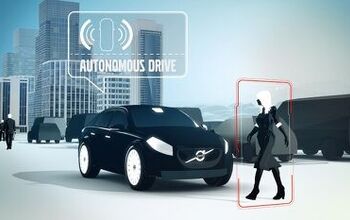

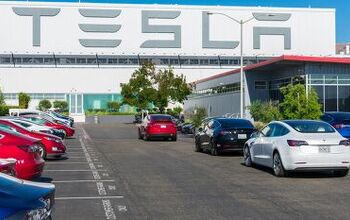


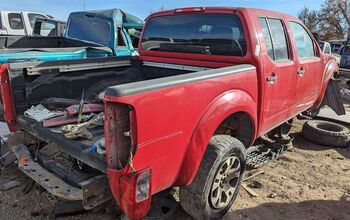
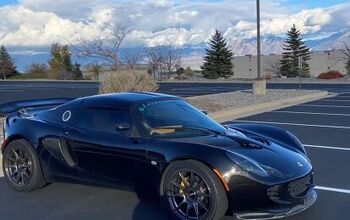
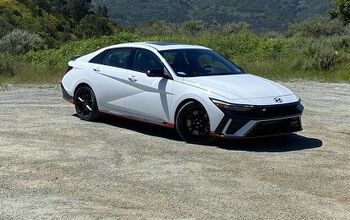
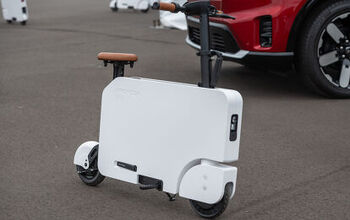

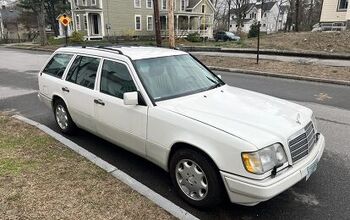

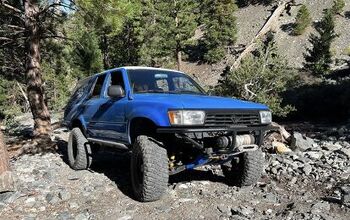
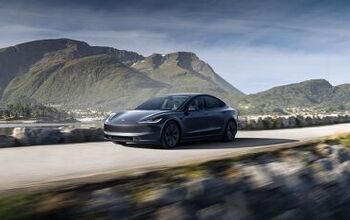
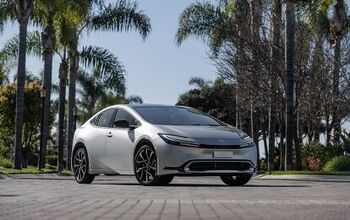
Comments
Join the conversation
I see I have posted too much already in this thread but one final comment if I may....it seems clear to me that skill and knowledge must play SOME part in staying safe so training simply CANNOT be totally useless....BUT....I think it is absolutely clear that it is driver ATTITUDE that is the biggest key in safety. If we all drove within our own capabilities (we ALL over-estimate our abilities) and within road and traffic conditions then MOST crashes (they are NOT accidents) could be avoided. Sadly, many, many people don't do so, thus we continue to have carnage on the roads.
Locking the brakes also works better than ABS on most gravel road conditions. That's why some "rugged" vehicles come with hill descent features, and/or an ABS setting for gravel. Keeping your foot in it will overcome the Traction Control's use of ABS and throttle backoff in a couple of seconds. They're engineered this way to avoid brake damage, for one thing. The consequence is wheelspin, wanted or not. The delay before deactivation can be a nuisance, though. Of course, many vehicles have a deactivation switch of some sort. An experiment this winter proved that our suv could climb a steep hill in deep, heavy damp untracked snow best in 4-high/AWD mode, rather than 4-high/locked or 4-low/locked. TC and SC are active in 4-high/AWD. It couldn't make it up the hill in locked mode, coming to a halt with spinning tires and then sliding sidways. In normal driving mode (4-high/AWD), it seemed to think about it and clawed its way up. I was very surprised, but couldn't argue with how clear the difference was. Some suggested SC activation is proof of incompetence. It could activate as you try to escape an emergency caused by someone else.